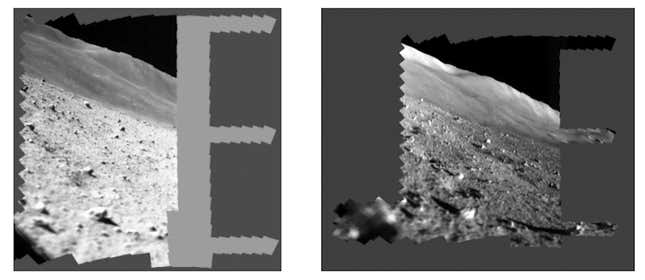Japan’s SLIM, the Smart Lander for Investigation Moon, has entered a dormant mode on the Moon’s Shioli Crater, facing a 14-day lunar night with temperatures dropping below -200 degrees Fahrenheit.
Night has fallen at Shioli Crater, and that means it’s likely the end of the line for SLIM. The lander has been placed into a hibernation mode from which it’s not expected to wake. But that doesn’t mean Japan’s space agency, JAXA, won’t try to revive the project in a couple of weeks. “Although SLIM was not designed for the harsh lunar nights, we plan to try to operate again from mid-February, when the Sun will shine again on SLIM’s solar cells,” JAXA announced on X.
Advertisement
SLIM, which faced a challenging landing on January 19 due to a suspected thruster glitch, achieved a monumental feat by performing a soft touchdown on the Moon. This accomplishment makes Japan the fifth country to achieve such a landing, following the United States, Soviet Union, China, and India. What’s more, SLIM landed within 180 feet (55 meters) of its target, a result that surpassed Japan’s initial goal of a landing within 321 feet (100 meters), signifying a big victory in the attempt to perform a precision landing.
Advertisement
Despite its face-plant landing, which limited initial access to solar power, SLIM eventually managed to generate electricity and resume operations for a short period as sunlight finally managed to reach its solar panels. Following SLIM’s resuscitation, JAXA successfully retrieved images from its Multi-Band Camera (MBC).
Advertisement

SLIM captured two mosaic images of the lunar surface at different times, with one photo taken immediately after landing and another after power restoration. Although both images show the same spot, the varying times of day resulted in distinctly different shadow patterns. A final image captured the onset of dusk, marking the end of SLIM’s active period and likely the end of the mission itself.
Advertisement
The Multi-Band Camera took an in-depth look at lunar rocks and dust around the landing site, capturing hundreds of images. These images reveal details invisible to the unaided eye and will help scientists determine the chemical composition of the landing site. JAXA is sleuthing for olivine—a mineral that’s key to understanding the Moon’s formation and evolution.
SLIM may be done, but a second lander is expected to reach the Moon at or around February 22, this one the privately built Nova-C lander managed by U.S. company Intuitive Machines. The NASA-funded lander will attempt to deliver five payloads belonging to the space agency, along with some commercial cargo. Hopefully this endeavor will go better than Astrobotic’s Peregrine mission, which launched on January 8 but failed shortly after due to fatal fuel leakage.
Advertisement
For more spaceflight in your life, follow us on X (formerly Twitter) and bookmark Gizmodo’s dedicated Spaceflight page.
Services Marketplace – Listings, Bookings & Reviews